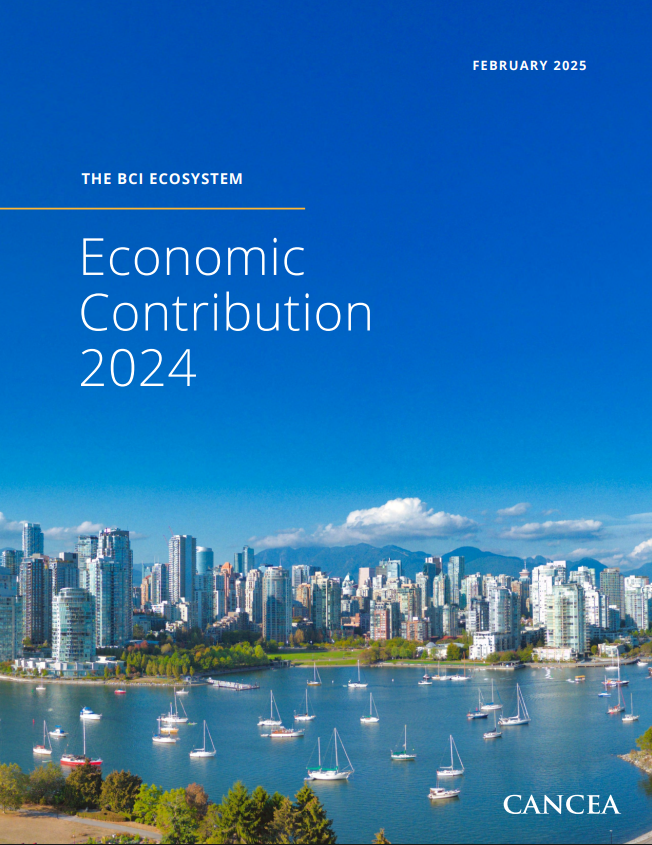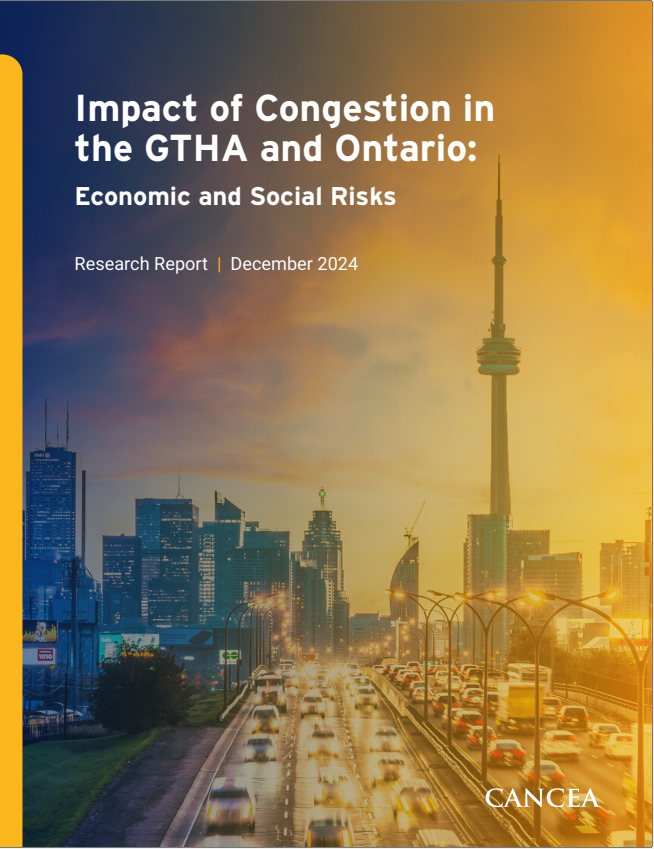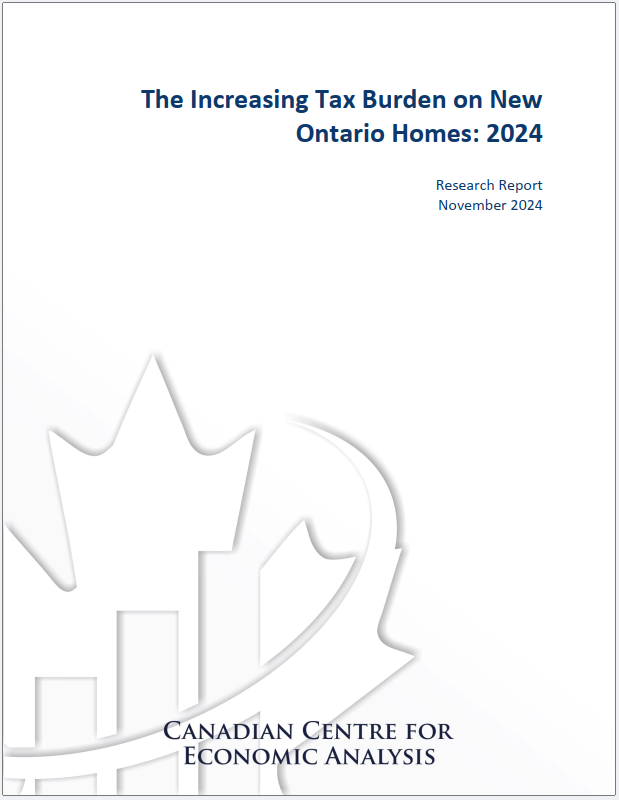Regional Growth Risk Management
Regional Growth Risk Management
Regional municipalities, cities, and towns often have to plan and invest for population growth as either mandated by themselves or by higher levels of government.
If population growth is accommodated with appropriate investments in infrastructure today, a region can expect to reap significant rewards in the future, such as increases in employed residents, economic prosperity, and tax bases to support and sustain community services.
Planning to accommodate growth is however a complex task and regional growth comes with its rewards, costs, and risks.

In order to determine and analyze these, a region is required to simultaneously understand the interactions across its capital operational departments and have actionable measures to balance its development across multiple interconnected avenues.
Regional growth planning requires a holistic approach to planning, not silo-by-silo planning. This requires a region and its environment to be modelled as an interconnected system. Growth decisions are necessarily made in the context of the impacts on the entirety of the system. Without a holistic appraisal of the complete profile of risks and benefits associated with planning decisions, traditional economic and population analysis, no matter how accurate, will only capture a fraction of the consequences.
For this reason, our clients use our socio-economic, agent-based simulation platform to overcome the complexity of understanding how the risks of growth can emerge from a complex and interconnected system. Our internally consistent and multidisciplinary analysis leads to the appreciation of the dependencies of planning decisions on the whole system over time.
Our systems-oriented approach involves modelling the region’s investments and financial accounts within the context of the larger socio-economic complex of the region. This is done to better understand the impacts and sensitivities to economic trends, markets, geographic location mapping, and the policies of other levels of government. This holistic approach allows for the appreciation that plans and decisions made today not only have pervasive impacts over time, but also across many individuals, firms, government organizations, and other stakeholders both within and outside the region.
Rewards of Growth
Most policymakers and planners have a good sense of what the potential rewards for growth may be. This can include growth statistics such as population, regional economic activity, employed residents, jobs in the region, and private capital investment. Areas which are less well understood include:
- Knowing who benefits within the region and beyond its political borders helps with identifying alliances, finding funding solutions, and making the case for others to do their bit for growth.
- The taxation revenues generated for other levels of government, and whether those benefits are reinvested to optimize the success of local growth.
- The impact of the investments that are meant to be made by other levels of government. The policies of other levels of government can either accelerate growth or impede it. Knowing what these risks are and their significance is vital for growth planning and management.
- The timing and size of investments required to realize the rewards of growth should be respected, otherwise, a region could be at risk of building bridges to nowhere, having water/wastewater investments stand idle for decades, or not having enough social services to accommodate changing and growing demographics.
Costs of growth
Usually, a regional growth study will involve estimating the operational and capital costs of growth for the region and its municipal government in response to a growth plan. This involves modelling different infrastructure types, tax and utility supported operating and capital budgets, and municipal financial accounts within the context of the larger socio-economic complex of the region so as to understand the impacts and sensitivities. In addition to this, knowing how the risks of growth could challenge the assumptions behind the financial modelling of costs and funding commitments is important to preventing unexpected and unfunded challenges in the future
Growth as a process of risk management
Growth is one of the riskiest initiatives that a region may face, it requires a modelling environment that is realistic, able to handle the complexity of a system with many moving parts, and that can generate actionable management insights. Growth risks can be sourced locally or outside the region. A failure to appreciate the complex interdependencies between infrastructure, regional policies, competitive policies of other regions, policies of other levels of government, risks generating results that may be inaccurate over the long term. This can lead to the underutilization of investments and large mismatches with the costs of growth experienced by a region and its ability to pay for them.
Some of these risks have been referred to above. Other risks include:
- Not optimizing for place, size, and timing
- Missing the correct mix of industry sectors
-
Miscalibration of fiscal tools:
- Putting the cost of growth onto the wrong stakeholders and beneficiaries
- Growth not incentivized by market-driven forces leading to unsustainable funding situations for government
- Fiscal tools used without assessing the associated market and behavioural impacts can lead to unintended consequences and ultimately higher costs to residents
- Stranded debt from growth that didn’t occur as expected
- Impacts of other levels of government
- Changes in other government policies are a major and often overlooked risk to regional growth.
- The inability to communicate risks to other levels of government severely undermines a region’s growth risk management process.
More than 400
Leading companies and government institutions
Why
CANCEA?
Hyper-detailed information accompanies our insights, predictions, and forecasts. Hyper-detailed trend and causation analysis is determined by data with little reliance upon assumptions.
The sheer richness of our data and simulation capabilities, both in terms of who, what, when, where, and the relationships between them, drive an ability to answer many more questions.
As a strictly data-driven firm, we are necessarily apolitical. The consistency of our hyper-detailed local data can be summed and independently verified against official projections by government statistical agencies, central banks, and the OECD.
Our dedication to a one-model systems approach with hyper-trend and causal analysis keeps assumptions to a minimum. Any assumptions are shared openly so you and others can use our results with confidence.



